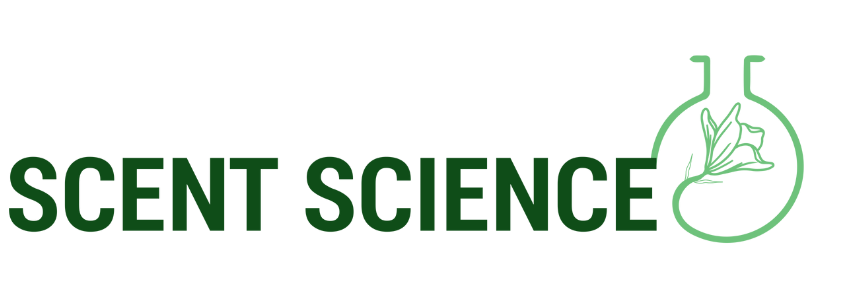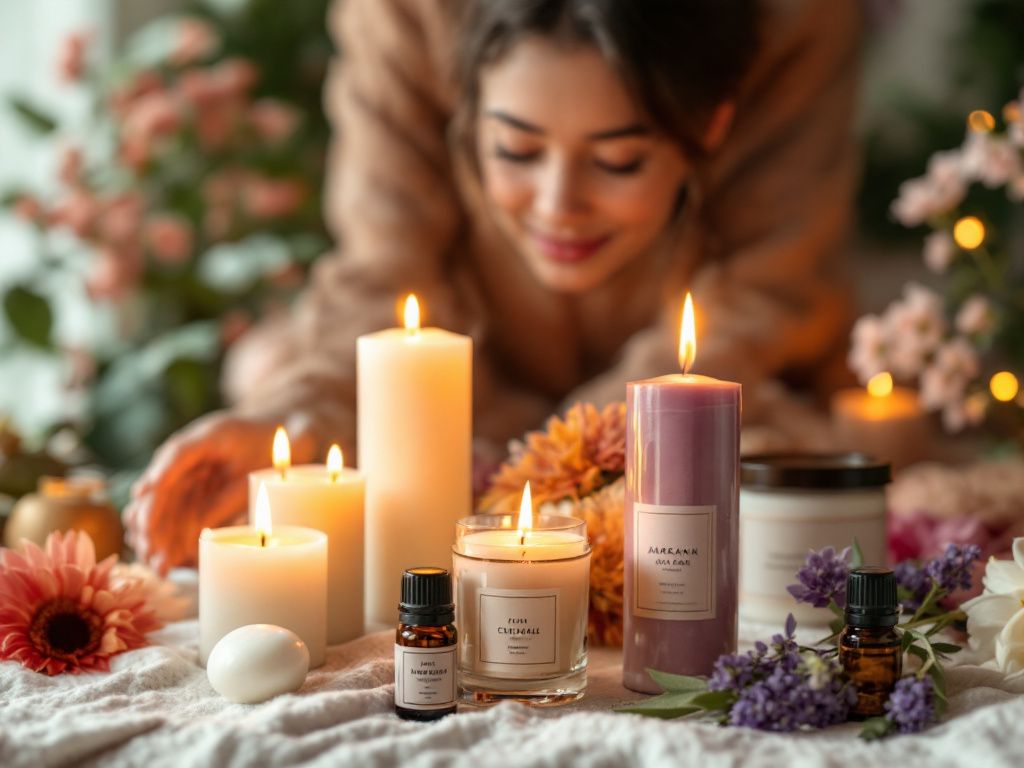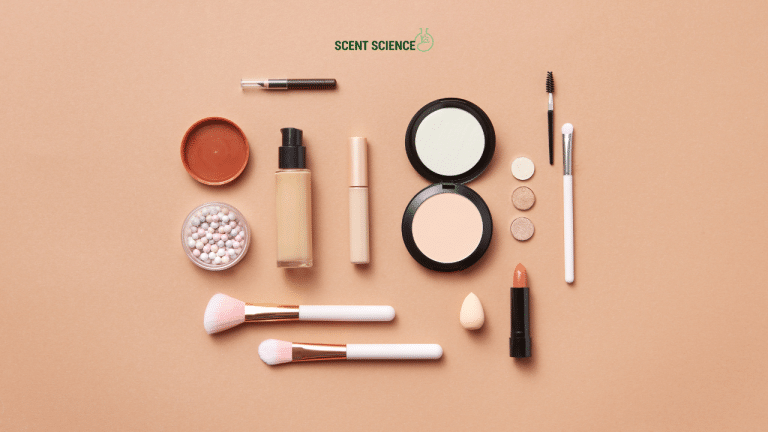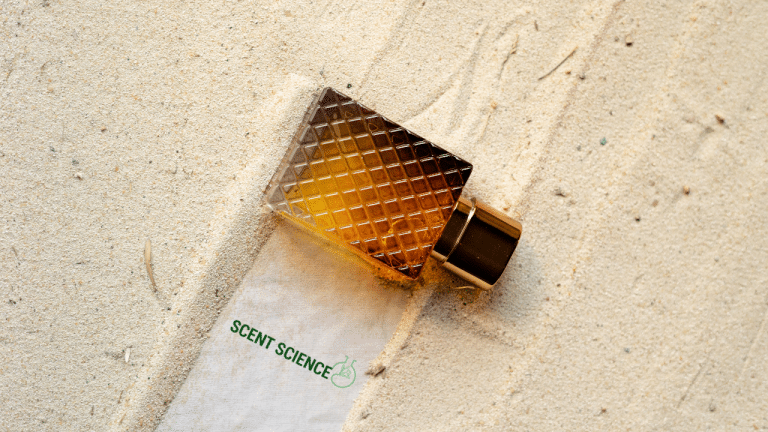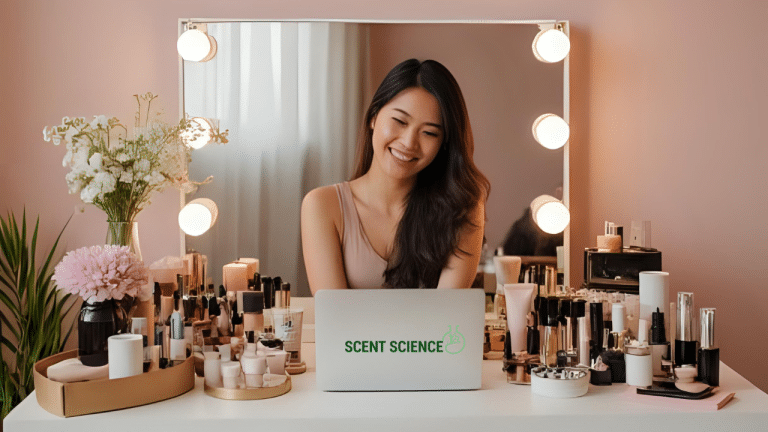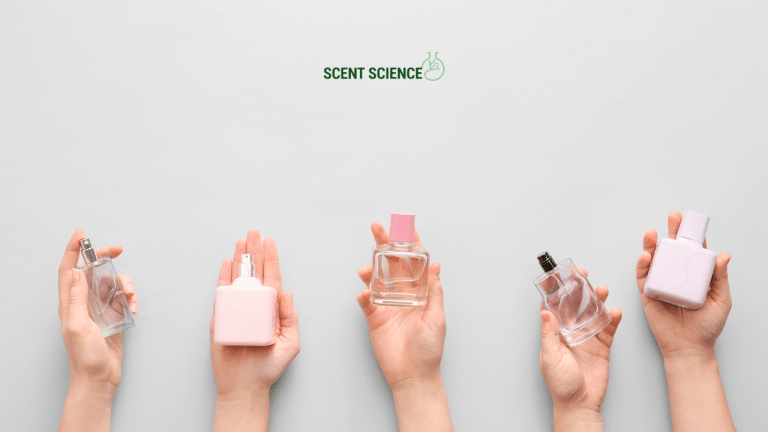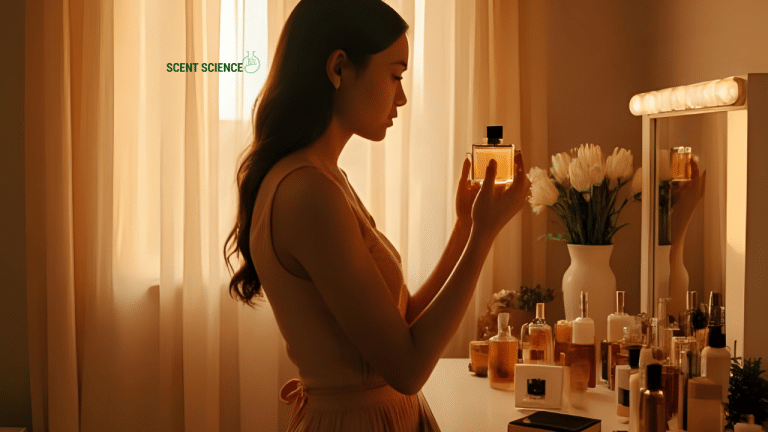The human brain and the sense of smell are intriguingly intertwined. It’s fascinating to realize just how significantly a single whiff of carefully crafted scent can influence our mood, well-being, and even psychological balance. As we delve into this Wellness Guide on how mood-enhancing scents can play a pivotal role in emotional wellness, you’ll discover the intricate synergy between olfactory stimuli and mental health—grounding this exploration in scientific research and expert insights.
Table of Contents
ToggleThe Olfactory Connection: Understanding the Basics
Before we navigate the particulars of mood-enhancing scents, it’s essential to grasp a baseline understanding of how scent works on the brain. 🌿 The experience of scent begins when odor molecules enter the nasal cavity and interact with olfactory receptors. These receptors send signals to the olfactory bulb, a component of the limbic system—the primitive, emotional part of the brain responsible for mood regulation and memory.
**Key Point: The limbic system plays a critical role in how smells can evoke emotional responses**. This direct neural pathway explains why particular scents can immediately influence emotions and why they’re utilized in practices such as aromatherapy, pulling from a vast array of research focused on positive psychology and aromatherapy benefits.
Exploring Scientifically Proven Mood-Enhancing Scents
1. Lavender: The Classic Calmer
Lavender is one of the most researched essential oils with documented effects on mood enhancement and relaxation. Its anxiolytic properties have been consistently demonstrated in clinical studies. **Research highlights** from a 2013 study published in “Evidence-Based Complementary and Alternative Medicine” indicate that lavender aroma can significantly decrease heart rates and lower anxiety levels in both clinical and non-clinical settings.
**Application Tip**: In practice, use lavender essential oil in a diffuser 🕯️ or apply a diluted form to the skin to manage stress and anxiety effectively.

2. Citrus Scents: The Uplifters
The bright and energizing notes of citrus scents like orange, lemon, and bergamot comprise another class of mood-enhancing scents. These fragrances stimulate serotonin levels—often referred to as the “happy hormone”—providing a natural mood uplift.
A **2008 study in “Psychoneuroendocrinology”** showed that exposure to citrus fragrances helped normalize hormone levels and boosted immune function. Thus, making citrus scents a go-to for counteracting stress and invigorating a lethargic mood.
**Practical Use**: Integrate citrus oils into daily routines, such as morning showers, to capitalize on their uplifting benefits during times of low energy or stress.
3. Rosemary: The Memory Enhancer
Rosemary does more than add flavor to roasted lamb; scientific research highlights its cognitive-boosting properties. It has been cited in controlled trials, including a **2012 study in “Therapeutic Advances in Psychopharmacology,”** which substantiates rosemary aroma’s ability to enhance memory and cognitive function.
**Advice**: Incorporate rosemary essential oil into study routines or workplaces to enhance focus and memory retention, especially professional settings demanding high concentration.
The Power of Personalization in Scent and Mood
One core principle in the use of mood-enhancing scents is personalization. Each individual’s olfactory preferences are unique and can influence how they experience scents and, consequently, their effects on mood. Hence, businesses in the scent industry are investing heavily in technologies and best practices to create bespoke scent solutions.
**Case Study**: A personalized aromatherapy program in a 12-week trial provided substantial improvements in patient-reported mood and decreased anxiety, according to a 2021 report in “Frontiers in Psychology.” Clients worked alongside experts to tailor scents that matched their emotional needs.

Action Point: **Experiment with different scents to identify which combinations personally elevate your mood.** Create a scent diary to meticulously document specific reactions to different aromas.
Industry Standards and Best Practices for Scent Usage
The advent of modern aromatherapy has defined certain standards and best practices to assure both efficacy and safety in using essential oils.
- Dilution: Essential oils are potent concentrates. Diluting them appropriately in carrier oils, following recommendations like those from the National Association for Holistic Aromatherapy (NAHA), ensures safe application on the skin.
- Diffusion Principles: According to the International Federation of Aromatherapists, controlled diffusion—diffusing scents intermittently rather than continuously—optimizes benefits while mitigating overstimulation risks.
- Quality and Source Verification: Ensure that oils are sourced from reputable providers, with transparency in growing practices and purity processes as outlined by ISO 9235 standards for aromatic natural raw materials.
Integrating Scents into Mental Health Practices
Aromatherapy has firmly established itself in wellness clinics and hospitals worldwide, serving as a complementary approach to conventional mental health treatments.
Professional Insights:

- Clinician Comment: “Through multisensory therapy and incorporating essential oils like lavender, we observe deeper relaxation and a more engaging therapeutic experience for patients,” reports Dr. Marie Rowland, a Mental Health Therapist with experience in integrative therapy methods.
Additional therapeutic areas observing improvement through scent inclusion include PTSD therapies and anxiety disorder management when combined with traditional treatment protocols.
Future Perspectives: Scent Science and Emotional Wellness
The future of scent-based mood enhancement encompasses advancements in technology and integrative health. **Emerging Technologies**: Innovations such as AI-enabled scent diffusers that can automatically adjust aromatherapy interventions based on biofeedback data (like heart rate variability) are under development.
Conclusion: Crafting a Scent-Positive Environment
In conclusion, utilizing mood-enhancing scents enriches the emotional wellness journey by engaging one of the most potent sensory pathways. As validated by promising data, comprehensive approaches incorporating personalized aromatherapy offer multi-faceted benefits—augmenting mood, cognitive functions, and overall mental health resilience.
By leveraging scientifically backed aroma strategies, you not only cultivate a positive emotional atmosphere ☀️ but also foster sustained mental health benefits—a treasured advantage in today’s dynamically evolving world. By continuously following and engaging with ongoing research, individuals and professionals alike can stay at the forefront of this exciting integrative wellness frontier.
In closing, may this Wellness Guide inspire your journey towards enriching emotional wellness with the transformative power of scent. 🌺
—
**Note**: Always consult healthcare professionals before starting any new treatment, including aromatherapy, to ensure it aligns with individual health needs and conditions.
Frequently Asked Questions
What are the benefits of using a hair mask in my hair care routine?
Using a hair mask can provide several benefits, including hydration, smoothing, strengthening, curl definition, heat protection, and damage repair. Hair masks infuse the hair with moisture, help coat the hair shaft to seal split ends, reduce breakage, and protect the hair from heat styling and environmental damage[1][4].
What ingredients should I look for in a hair mask?
Effective hair masks often include ingredients such as coconut oil, argan oil, shea butter, honey, avocado oil, green tea, and coconut water. These ingredients provide nourishment, moisturize, and protect the hair, offering benefits like softening, moisturizing, and protecting against damage[2][5].
How often should I use a hair mask in my routine?
You should use a hair mask whenever your hair feels dry, unmanageable, or in need of intense hydration. This can vary depending on your hair type and needs, but generally, using a hair mask once or twice a week can help maintain healthy and moisturized hair[1][4].
How do I apply a hair mask for the best results?
To apply a hair mask effectively, shampoo your hair first, then apply the mask, focusing especially on the ends where hair tends to be the most damaged. Leave the mask on for anywhere from 10 minutes to overnight, depending on the type of mask and your hair’s needs[1][4].
References